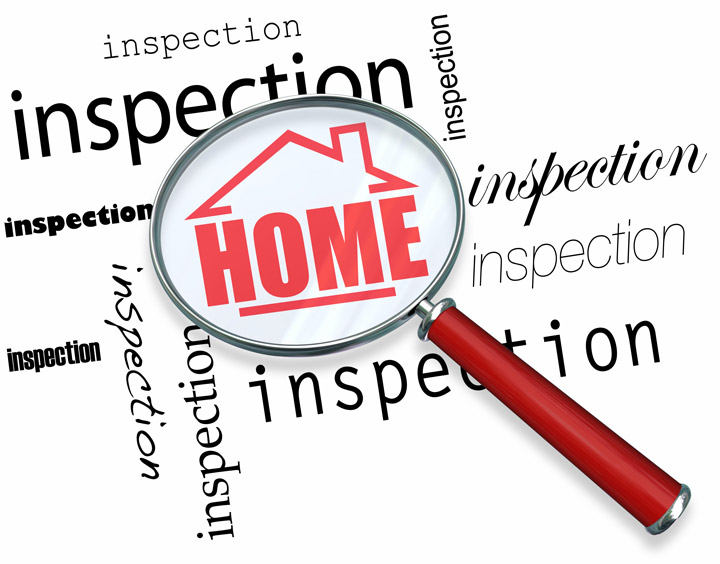
What Are the Parts of an Appraisal?Buying a house is the largest financial decision some of us will ever encounter. It doesn't matter if a main residence, a second vacation home or an investment, purchasing real property is an involved transaction that requires multiple parties to make it all happen. It's likely you are familiar with the parties taking part in the transaction. The most recognizable face in the transaction is the real estate agent. Next, the lender provides the financial capital required to finance the exchange. The title company makes sure that all details of the exchange are completed and that a clear title transfers from the seller to the buyer. So, what party makes sure the property is worth the amount being paid? This is where the appraiser comes in. We provide an unbiased opinion of what a buyer could expect to pay — or a seller receive — for a property, where both buyer and seller are informed parties. A licensed, certified, professional appraiser from ADP Valuations will ensure, you as an interested party, are informed. Appraisals begin with the inspectionOur first duty at ADP Valuations is to inspect the property to ascertain its true status. We must actually view features, such as the number of bedrooms and bathrooms, the location, living areas, etc, to ensure they really are present and are in the shape a reasonable person would expect them to be. To make sure the stated size of the property is accurate and describe the layout of the home, the inspection often includes creating a sketch of the floorplan. Most importantly, the appraiser identifies any obvious amenities - or defects - that would affect the value of the house. Next, after the inspection, an appraiser uses two or three approaches to determining the value of real property: paired sales analysis and, in the case of a rental property, an income approach. 
Replacement CostHere, the appraiser pulls information on local building costs, the cost of labor and other elements to calculate how much it would cost to construct a property comparable to the one being appraised. This value commonly sets the maximum on what a property would sell for. The cost approach is also the least used method. 
Analyzing Comparable SalesAppraisers are intimately familiar with the subdivisions in which they appraise. They innately understand the value of certain features to the people of that area. Then, the appraiser researches recent sales in the neighborhood and finds properties which are 'comparable' to the home at hand. Using knowledge of the value of certain items such as upgraded appliances, extra bathrooms, additional living area, quality of construction, lot size, we adjust the comparable properties so that they more accurately portray the features of subject property.
After all differences have been accounted for, the appraiser reconciles the adjusted sales prices of all the comps and then derives an opinion of what the subject could sell for. At ADP Valuations, we are an authority when it comes to knowing the value of real estate features in Farmington Hills and Oakland County neighborhoods. The sales comparison approach to value is typically awarded the most consideration when an appraisal is for a real estate exchange. Valuation Using the Income ApproachA third method of valuing real estate is sometimes employed when an area has a reasonable number of rental properties. In this scenario, the amount of income the real estate produces is taken into consideration along with other rents in the area for comparable properties to derive the current value. ReconciliationAnalyzing the data from all approaches, the appraiser is then ready to document an estimated market value for the property at hand. It is important to note that while this amount is probably the strongest indication of what a house is worth, it probably will not be the price at which the property closes. It's not uncommon for prices to be driven up or down by extenuating circumstances like the motivation or urgency of a seller or 'bidding wars'. But the appraised value is often used as a guideline for lenders who don't want to loan a buyer more money than they could recover in case they had to sell the property again. It all comes down to this, an appraiser from ADP Valuations will help you discover the most fair and balanced property value, so you can make profitable real estate decisions. |